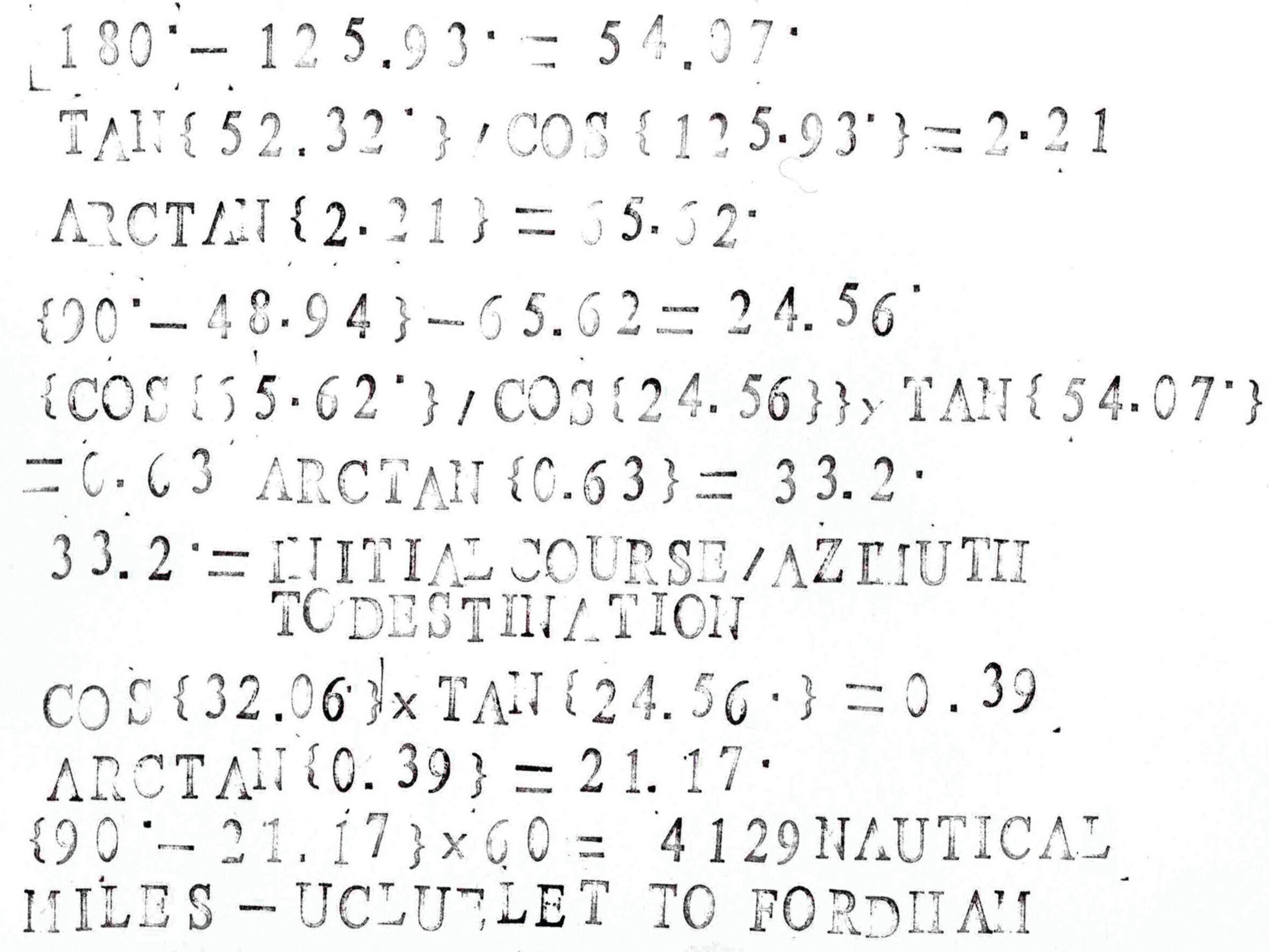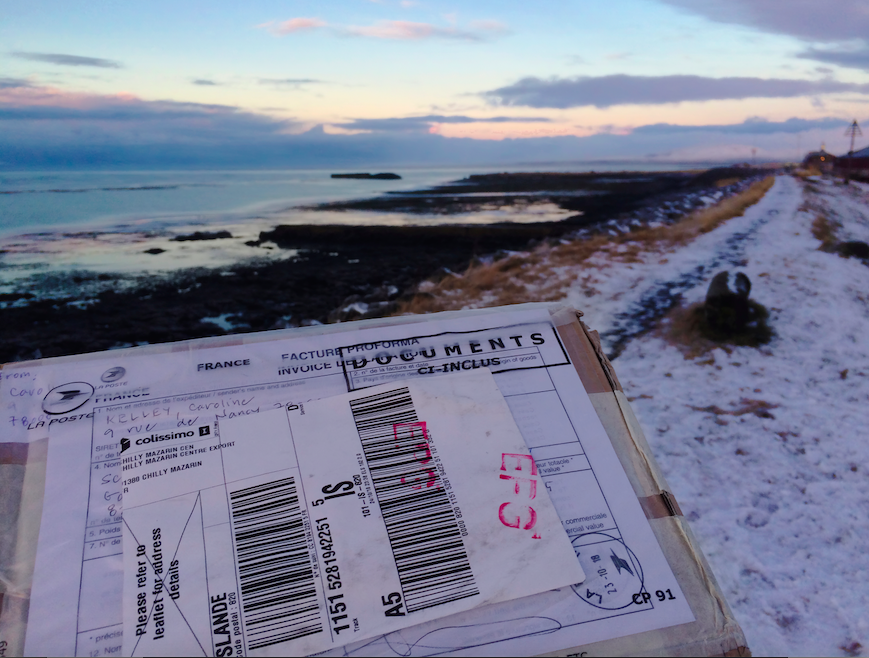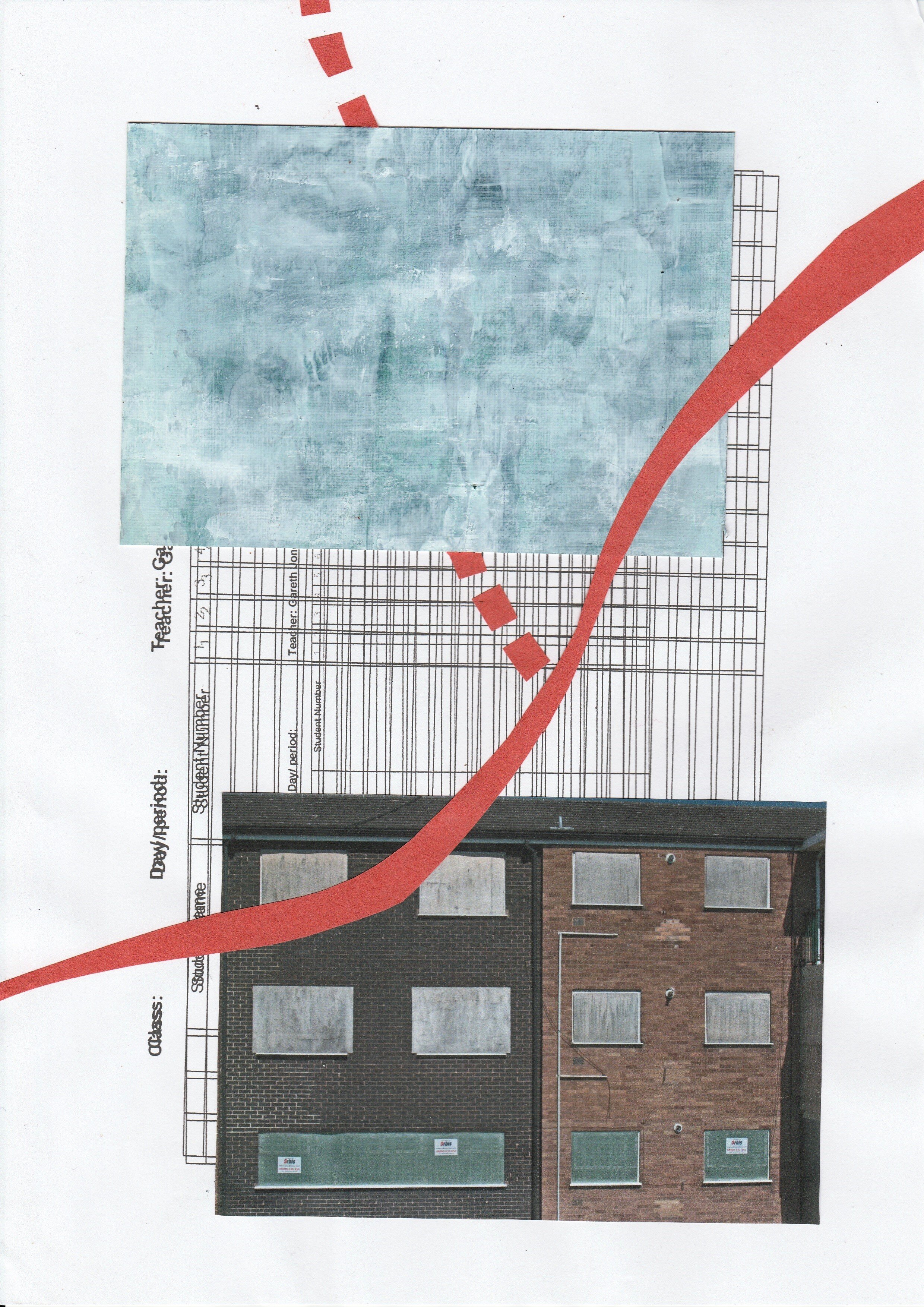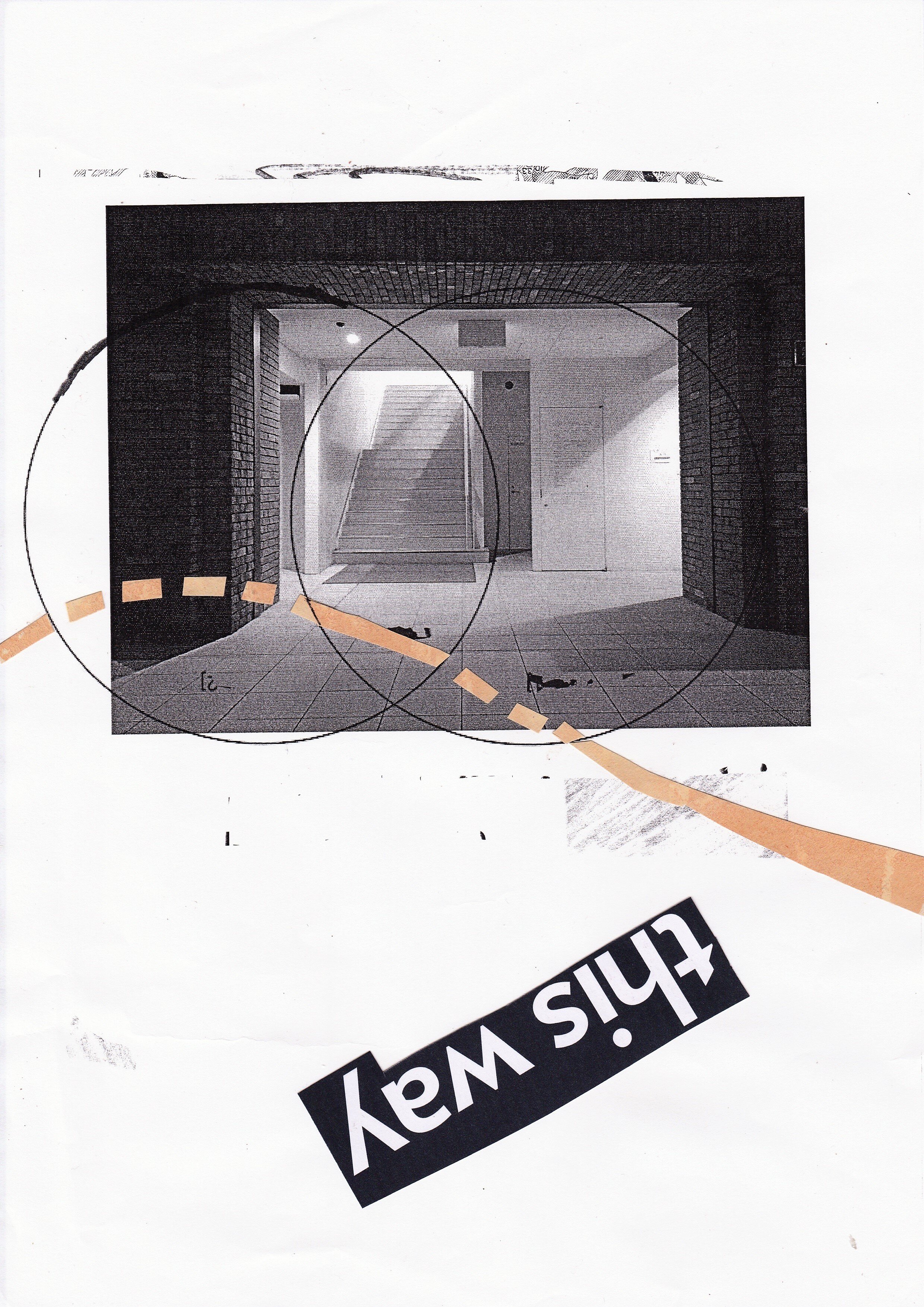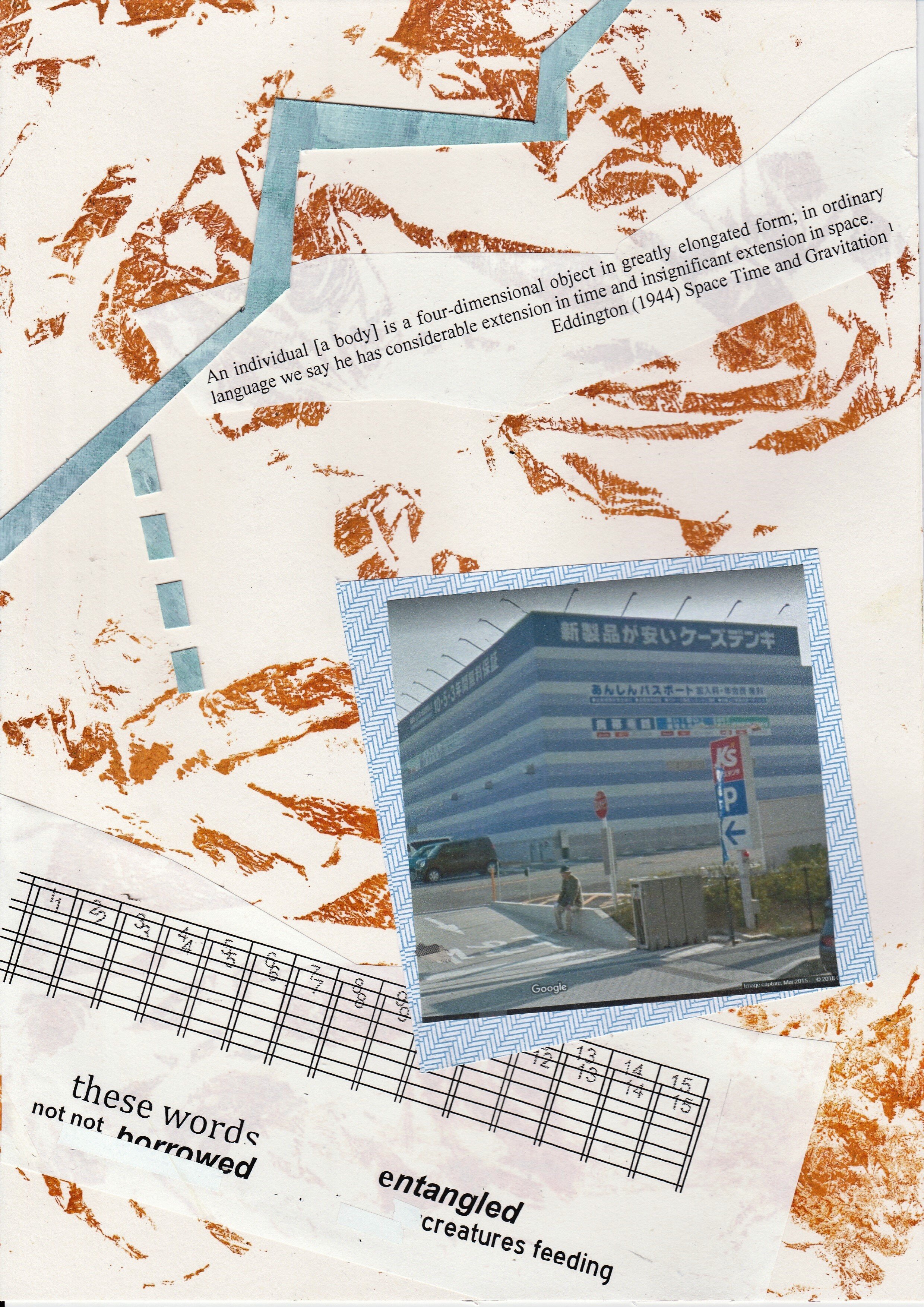The Arts Territory Exchange was recently part of ‘A Stitch in Time’ A major exhibition at Today Art Museum in Beijing and part of Documents Today an international ongoing triennial exhibition. The exhibition ran from 13th December 2019 to March 15th 2020. Curated by the art critic Huang Du & art historian Jonathan Harris. Location: Gallery 1 and 2, Today Art Museum, Beijing
aTE room at Today Art Museum, Beijing. Image courtesy Today Art Museum.
‘A Stitch in Time’ draws draw on the theoretical and critical writing of the Argentinian political theorist, Ernesto Laclau, who, throughout his life was interested in the capacity of people to link together (‘stitch’) new ideas, images and meanings into systems, beliefs and ideologies which had previously not existed. His writing, draws on Sigmund Freud, Louis Althusser and Antonio Gramsci, developed in the context of contemporary capitalism in the west in the second half of the twentieth century whose cultural and social forms he sought to explain. At the same time he was a lifelong socialist, interested in the fate of revolutionary ideas and ideals across Eastern Europe, Asia and Latin America.
The exhibition features several subthemes dealing with aspects of global change, socio-political transformations and the attitudes of artists and art to the situations we collectively face now: (1) environmental degradation and potential disaster, (2) conflict and aggression between peoples, nations and regions, (3) the legacies of the past in terms of imperialism, colonization and war in the twentieth century (4) the idealistic and spiritual responses people, including artists, have developed in response to these crises, and (5) the practical ways in which artists and art practices have tried to counter the threats that globalization now poses to our collective future.
The contribution from Arts Territory Exchange brings together a number of artworks produced within the aTE network’s collaborative long distance partnerships which reflect ideas of colonial damage and the sharing of histories of exploitation (territorial, gender based and otherwise) and the idea of networks and artist collectives offering the possibility of repairation and healing. Here you can read aTE’s catalogue essay by Gudrun Filipska.
aTE’s contribution focuses on the work produced by Alana Hunt and Joanna Wright, Carly Butler and Gudrun Filipska, Katie Ione Craney, John Ryan Brubaker, William F McDonald, Caroline Kelley and Kristin Scheving and Andrew Howe and Gareth Jones.
With Table based material from the collaborative correspondences and work submited to the aTE archive from Anette Friedrich Johannessen, Laura Eldret, Charlie Hurcombe, Mia Mulvey, Laura Copsey, Emma Harry Morag Paterson, Kim Goldsmith, Louise Beer, Bonneau-Knight Collectif, Caro Williams, Georgina Reskala, Elizabeth Schoen, Hannah Stageman, Zoe Galinsoga, Antony Lyons, Roelant Meijer, Jacqueline M Byrne, Arminee Chahbazian.
//////////////////////////////////////////////////////////////////////////////////////////////////////////////////////////////////////////////////////////////
Images from; First, Alana Hunt’s Faith in a Pile of Stones work and second, Joanna Wright’s Atomfa project.
Alana Hunt and Joanna Wright //
Alana Hunt is an artist and writer living and working in the town of Kununurra on Miriwoong country in the north-west of Australia. Joanna Wright is a Welsh artist living and working in Ynys Môn, an island on the coast of North West Wales, 8802 miles apart.
Their exchange considers shared questions around the socio-political impact of infrastructures, (re) interpretations of established histories and contemporary mythologies in their respective home places. The exhibitions features, archival material from the pair, wall based images and two screen based works.
Joanna Wright’s film is a 2 screen installation simultaneously showing the interior and exterior of the Nuclear Power Station in Trawsfynydd, North West Wales. Part of a long term, iterative documentary project Atomfa (and other stories) recording the decommissioning of the Trawsfynydd nuclear site and it's socio-cultural impact during the years 1954 onwards, a project that will not be completed in our lifetime. Through archive, video, photography and community storytelling the project asks questions about how we interpret the past and the future and our place in deep time.
The film from Alana Hunt is from her body of work Faith in a Pile of Stones. About the work she says ‘‘Faith in a pile of stones (2018) takes the dam wall at Lake Argyle as a starting point to unravel the casual sense of certainty that underpins the European settlement of Australia. This dam wall—birthed from colonial dreams—is a fragile balancing act. It was made, less than fifty years ago, out of thousands of stones, blasted from a mountain on Miriwoong Country in the largest non-nuclear explosion in Australian history, and placed one on top of the other, incarcerating a once roaring body of water, now contained and systematically managed at twenty times the size of Sydney Harbour. The town where I live was built because of this dam. There is an apparent robustness here, a sense of permanence at first glance. But there is also a hidden violence and fragility. Some day the ‘wall’ that Australia has placed its faith in, with such certainty, will fall’’.
/////////////////////////////////////////////////////////////////////////////////////////////////////////////////////////////////////////
"Where the edge of the Alaskan cryosphere has let go"Katie Ione Craney. Digital photograph through a telescope.
Katie Ione Craney //
The show features two large photographs from Alaskan artist Katie Ione Craney.
Craney says:"Alaska has a new language--this summer's excessive heat, drought, fire, and melt has forced us to redefine the accumulation zone as the ablation zone, or melt zone. These fragments of the physical landscape now only exist in our memory; what was has washed to the sea. Living with this drastic landscape change is heartbreaking, real, and happening fast. We all need to do our part to save the places and people that make up our homes…In her final book Becoming Earth, Eva Saulitis wrote, “It takes many ways of knowing to overcome the brain’s many refusals.” My work circles around physicality of materials and endless questioning: What brings us together when the world falls apart around us? How do we keep up with the onslaught of tragedy, extinction, and grievance? Where do we find community when the ground underneath us falls away, taking with it our cultures, food, and stories? Grief requires us to know the time we’re in, therefore, grief ends up not being about hope, rather humility and dignity.’’
//////////////////////////////////////////////////////////////////////////////////////////////////////////////////////////////////////////////////////////////
Letterpress print by Carly Butler of a Great Circle Route calculation between Ucluelet, Canada and Fordham UK.
Carly Butler and Gudrun Filipska //
Showing works from ‘S’ a project about transatlantic communication and virtual journeying between two artists who have never met - Carly Butler (Canada) and Gudrun Filipska (UK). The title of the project references the first transatlantic wireless signal sent from Cornwall to Newfoundland in 1901 which was simply the morse code signal for the letter ‘S’.
Tracked by pedometers, the artists steps, taken around their respective domestic locations are translated to a digital map where 'avatars' walk carefully designed routes between UK and Canada. Butler and Filipska have mapped trajectories to find a variety of half way points between their homes where their avatars will one day 'meet'. Using combinations of celestial, nautical and gnomonic mapping techniques the project embraces alternative cartographical practices and Google maps alternatives.
The 'S' project explores the radical potential present in the circular, repetitive domestic walk set against colonial adventuring narratives and the contemporary art world's jet setting travel practices. The Stitch in time show features wall based photographs, artist books and table based archival material from ‘S Project’.
///////////////////////////////////////////////////////////////////////////////////////////////////////////////////////////////////////
Segment of medium format film sent between John Ryan Brubaker and William F McDonald.
John Ryan Brubaker and William F McDonald //
A series of photographs resulting from the photographic exchange between John Ryan Brubaker and William F McDonald (Cambridgeshire UK/Brussells Belgium). Medium format camera films were passed back and forth in the post and double exposed, resulting in experimental composites of both (agricultural/post-industrial) flat landscapes.
///////////////////////////////////////////////////////////////////////////////////////////////////////////////////////////////////////
Photographs from the postal exchange between Caroline Kelley and Kristin Scheving.
Caroline Kelley and Kristin Scheving //
Documentation from the mail-based collaboration between Kristin Scheving – a visual artist, curator and illustrator from Iceland – and Caroline Kelley – a multidisciplinary artist based in France focuses thematically on the intersections in their lives: balancing art and daily life (our multilingual families, mothering boys, and shared travel histories). Their exchange revolves around a series of journals, including photographs, drawings, text (in English, Icelandic and French) and objects gathered or made at their respective homes on the coast of southern Iceland and near the forests of Versailles, France. The photographs in ‘A Stitch in Time’ depict shell-shaped glycerin soaps Caroline moulded in her kitchen in Versailles and a package from Caroline arriving at Kristin’s home in Eyrarbakki.
////////////////////////////////////////////////////////////////////////////////////////////////////////////////////////////////////////
Andrew Howe and Gareth Jones, a selection of images from their ‘Space and Nausea’ series.
Andrew Howe and Gareth Jones //
Collages formed from explorative parallel walks using google street view between Andrew Howe in Shropshire UK and Gareth Jones in Osaka, Japan a collaborative practice about flows and becomings and a loose set of maps towards possible futures.
/////////////////////////////////////////////////////////////////////////////////////////////////////////////////////////////////////////





